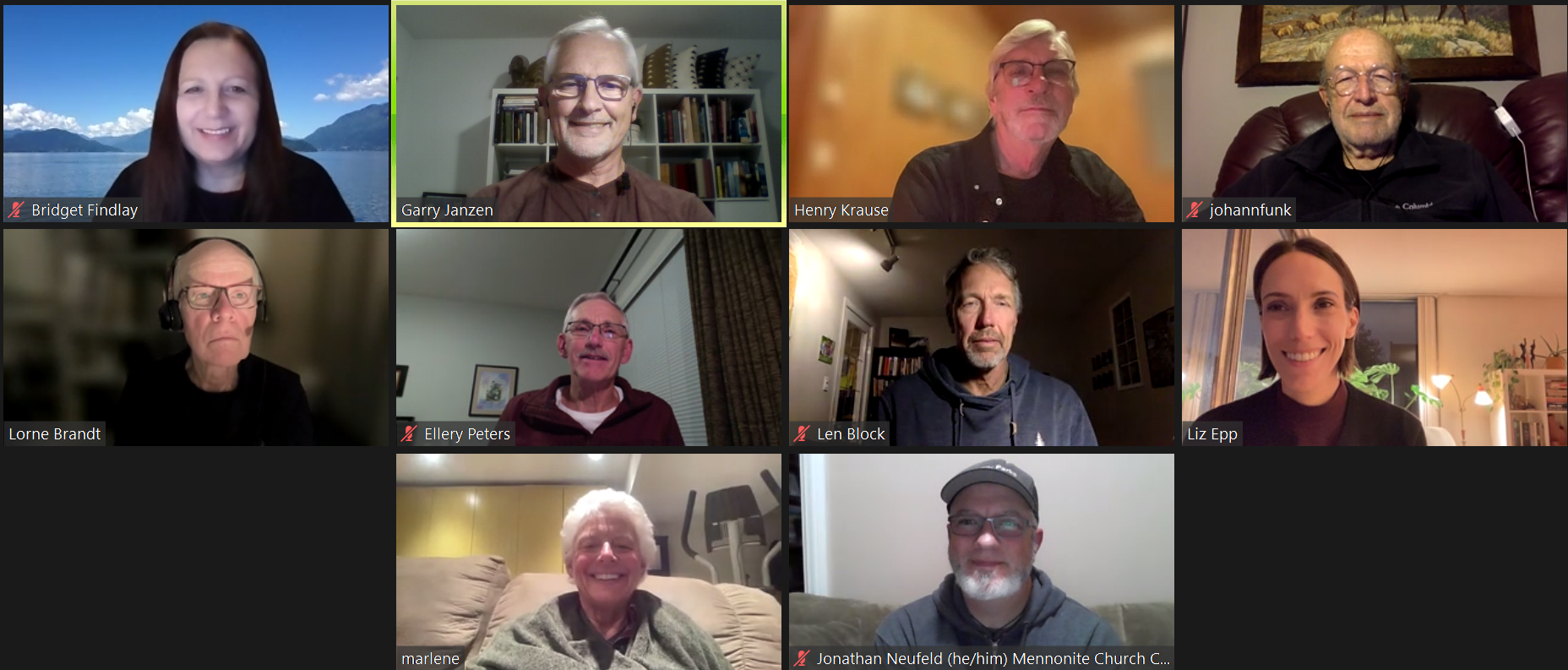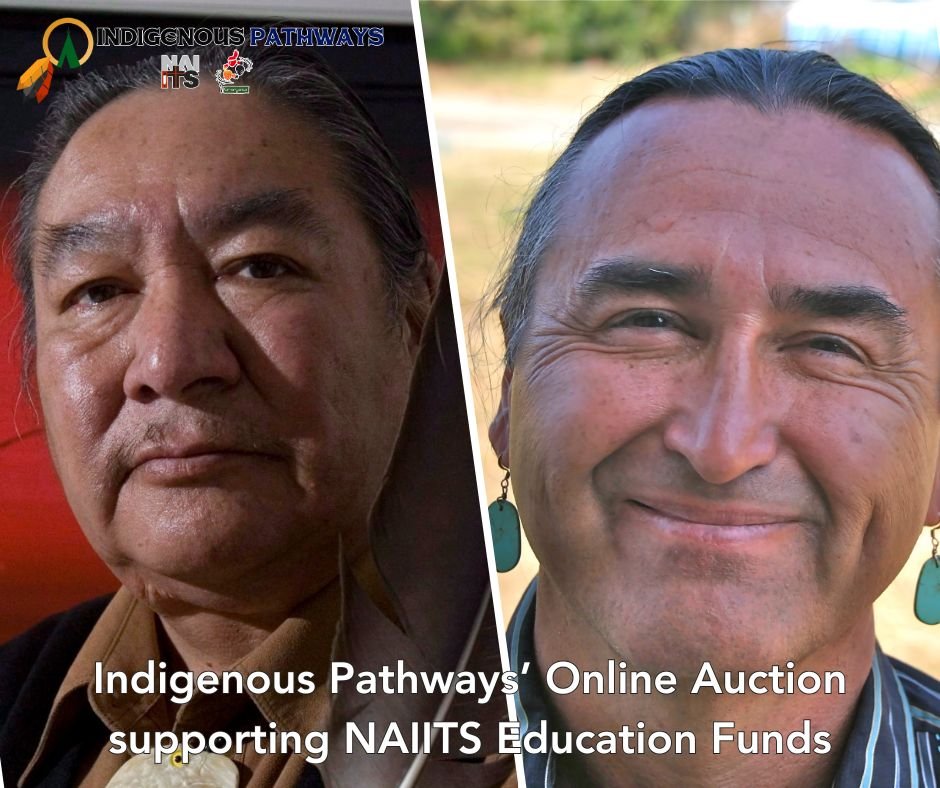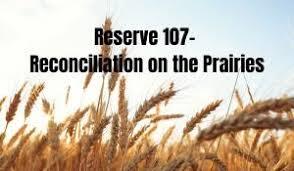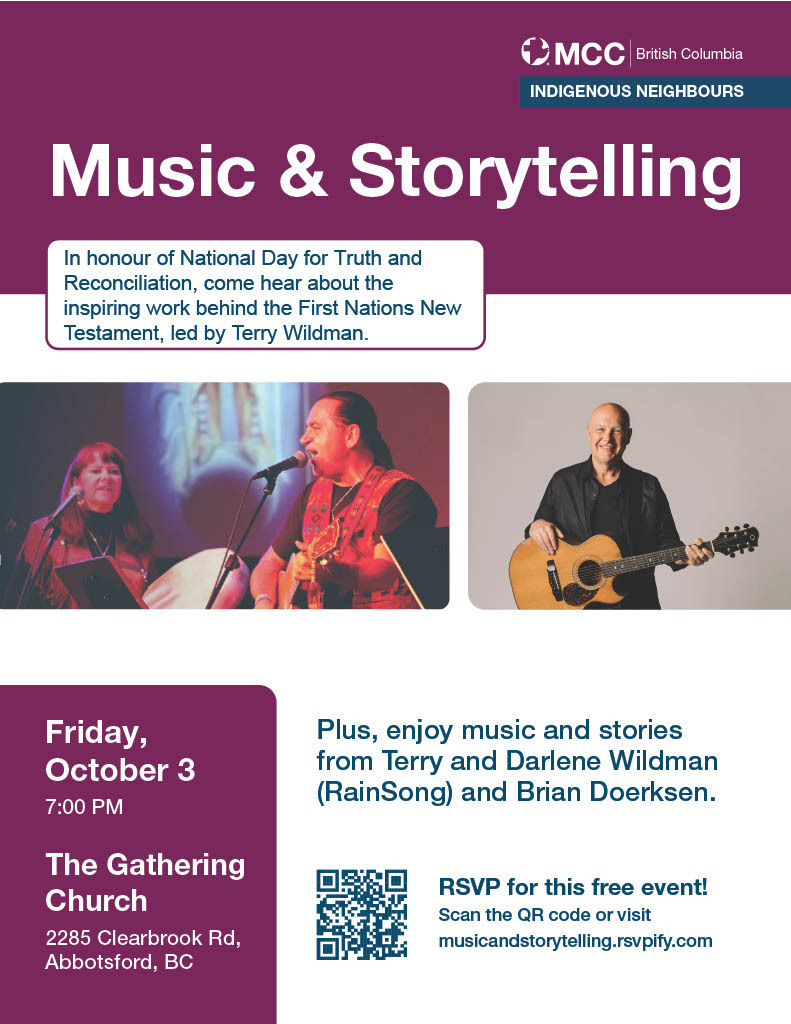Indigenous Relations
We respectfully and gratefully acknowledge that we gather on the unceded, traditional, and ancestral lands of Indigenous First Nations.
The Mennonite Church BC Indigenous Relations Task Group (members and contact info below) is committed to creating redemptive relationships between settler Mennonites and their Indigenous neighbours.
Reconciliation as a core value is the work that God is doing in Christ and that we are called to do both individually and collectively as Jesus-followers. The call prompts us to embrace the practice of redemptive listening, learning, and advocacy in the interests of reconciliation between settler and Indigenous peoples. Reconciliation as the core value guides our actions and holds us accountable.
By listening with respect, appreciation and an open mind we let the Word and Indigenous experience guide our actions towards a fuller understanding of Indigenous dignity, cultural and spiritual experience.
By learning we embrace justice through an acceptance of Mennonite complicity in the Canadian colonial project, the legacy of the Doctrine of Discovery and the challenge to the churches of the Truth and Reconciliation Commission’s recommendations and the implementation of United Nations Declaration of the Rights of Indigenous People.
By engaging in advocacy we embrace the hope of reconciliation as we repudiate settler privilege to free us to be creative, focused and dependable as allies in the Indigenous struggle for rights, justice and dignity.
Go to section:
Meet the Indigenous Relations Task Group

Introduction to the work of the Indigenous Relations Task Group
Reach out to the Task Group:
Bridget Findlay
MCC BC Indigenous Neighbours Coordinator
Partners in Reconciliation with MCBC
Henry Krause
Indigenous Relations Task Group Contact Person
![]()
MCBC RECOGNITION OF OUR COMMITMENT TO RECONCILIATION AND REPAIR
Approximately 100 years ago, Mennonites settled and colonized many areas of BC bringing their religion, their culture and their traditions with them. What our ancestors saw only as tremendous opportunity actually had a hugely negative impact on the Indigenous people of this and While we enjoyed freedom of speech, language, religion, movement, assembly and culture, the Indigenous people, having been here for time immemorial, were stripped of their land and their identity. We either didn’t see the first peoples’ of this land, or if we did, we simply ignored the reality. We were blinded by our worldview and privilege.
As a collective group of Mennonite churches in British Columbia, we want to recognize our part in the huge injustices, pain and loss the Indigenous people here have suffered due to Canada’s and BC’s actions over the last century including abusive treatment in residential schools, the banning of language and culture, exploitation of land resources, dislocation and forced movement onto reserves, and subsequent poverty. In sadness, humility and with utmost respect, we acknowledge our wrongs and the impact of harm they have done. With the help of the Calls to Action that came out of the TRC, and the guidelines of UNDRIP, we want to discern ways to tell the truth.
As we continue to educate ourselves on Indigenous history, culture and traditions we hope to find ways to relate that are not harmful but honoring. We have much to learn, not only around the bigger issues of land use, creation care, and world view but also
around generosity, respectfulness, and compassion, just to mention a few. Our hope is to work towards reconciliation where we, as settlers, together with Indigenous peoples, can sit together and listen to one another’s stories.
We cannot undo what has been done, but we commit ourselves to working at repairing what we have damaged and engaging in healthy relationships as we move forward.
Decolonizing the Mennonite Mind
Johann Funk
Reconciliation is at the center of Christian vocation captured by Jesus as “Love the Lord your God with all your heart and with all your soul and with all your mind and with all your strength. The second is this: ‘Love your neighbor as yourself.’ There is no commandment greater than these" (Mark 12:30-31). Christendom including mainline and North American Evangelical churches have addressed right relationships with God with several individualist formulations: child baptism, evangelistic rallies, and the 4 spiritual laws but struggles with the social implication of being Christian. The question, “the expert in the law . . . asked Jesus, 'And who is my neighbor?'” (Luke 10:29) continues to be unresolved in Christendom with tragic consequences: Holy Wars, the Doctrine of Discovery, settler colonialism, denominational exclusivity, and theological controversy.
Anabaptist/Mennonite Statements of Confession/Repentance, Apology, Reconciliation & Reparation, etc. to Indigenous Peoples
Lorne Brandt
In this paper I seek to document the statements and actions of Anabaptist/Mennonite conferences and organizations with respect to the situation of their Indigenous neighbours in the world, with particular attention being given to Canada. As it turns out, Be It Resolved, the 2021 reference book edited by Esther Epp-Thiessen and Steve Heinrichs, has basically covered this ground, so what follows is essentially a summary of selected statements, letters, and actions pertaining to my title.
Ally Bill of Responsibility
by Dr. Lynn Gehl
(Algonquin Anishinaabe-kwe)
1. Do not act out of guilt, but rather out of a genuine interest in challenging the larger oppressive power structures;
2. Understand that they are secondary to the Indigenous people that they are working with and that they seek to serve. They and their needs must take a
back seat;
White Privilege
Barbara Applebaum in White Privilege/White Complicity: Connecting “Benefiting From” to “Contributing To” (Philosophy of Education, 2008 pp. 292-300) outlines the manifestation of white privilege and a constructive response to the acknowledgement of white complicity in the perpetuation of systemic racism in society. Applebaum concludes that whites are not fully aware of the extent to which race matters or how this relates to buttressing their status. She further outlines how this racial blindness sustains systemic oppression and privilege by rewarding the dominant group for their “willful ignorance.” These socially normalized habits of inattention gives the privileged members in society the licence to ignore their complicity in maintaining systemic racism, while retaining a positive image of themselves.
Applebaum provides several guidelines for the white majority desiring to engage in authentic alliances with racial minorities to challenging the injustice legitimized by white privilege.
- Important to confronting systemic racism is acknowledging rather than denying the uncomfortable reality of white complicity in the maintenance of racial oppression. The adage, “The truth will set you free but first you will find it disturbing” applies here.
- Know that the discomfort of admitting to white complicity in racial oppression has the potential for creating genuine alliances to enact fundamental social change.
- Challenge expressions of white privilege that obstruct a genuine relationship with those who are the actual victims of racial oppression.
- Ensure that the desire to become an ally to racial minorities focuses on the victims of stigma and oppression rather than serving personal ego needs that protect the repressive social system on which white privilege is based.
- The condition for developing a common language for meaningful dialogue requires openness and vulnerability while listening to the voices of racial minorities.
- It is important to create alliances that together challenge and undermine the unjust system white privilege is currently deeply embedded in.
For persons on this enlightened journey of listening, learning and advocating, Applebaum provides the foundational principles for birthing a society that celebrates diversity and inclusiveness.
![]()
Doctrine of Discovery
"Doctrine of Discovery" is a philosophical and legal framework dating to the 15th century that gave governments moral and legal rights to invade and seize Indigenous lands and dominate Indigenous peoples. Find books, podcasts, webinars, and more about the Doctrine of Discovery at CommonWord.
Watch: Ten helpful steps to decolonize our minds
How can Mennonites, with their long colonial history, work toward genuine reconciliation with Indigenous peoples? Members of Mennonite Church BC’s Indigenous Relations Task Group share some ideas in this video.

Reconciliation Canada is an Indigenous-led organization which began in September 2012 with a bold vision to promote reconciliation by engaging Canadians in dialogue that revitalizes the relationships between Indigenous peoples and all Canadians in order to build vibrant, resilient and sustainable communities. A vision based on a dream held by Chief Dr. Robert Joseph, Reconciliation Canada’s Ambassador, to witness tens of thousands of people of every culture and faith walking together for a shared tomorrow.
Webinar with Eddie Gardner, a Stó:lō Elder
Eddie Gardner, a Stó:lō Elder from the Skwah First Nation in Chilliwack B.C., is elder-in-residence with University of the Fraser Valley (UFV). Eddie works tirelessly to inform the public about the health risks and the threat to wild salmon posed by net-pen fish farms, and to challenge retailers to adopt a sustainable seafood policy that protects their customers.
Supporting Indigenous people, network seeks to repair injustices
In spirit of Jubilee, members address harms stemming from Doctrine of Discovery
Mennonites have formed a network to support reparation actions with Indigenous people. The Repair Congregations and Communities Network is a new initiative of the Dismantling the Doctrine of Discovery Coalition.
21 things you may not know about the Indian Act
by Bob Joseph
- Denied women status
- Introduced residential schools
- Created reserves
- Renamed individuals with European names
- Restricted First Nations from leaving reserve without permission from Indian agent
- Enforced enfranchisement of any First Nation admitted to university
- Could expropriate portions of reserves for roads, railways and other public works, as well as move an entire reserve away from a municipality if it was deemed expedient
- Could lease out uncultivated reserve lands to non-First Nations if the new leaseholder would use it for farming or pasture
- Forbade First Nations from forming political organizations
- Prohibited anyone, First Nation or non-First Nation, from soliciting funds for First Nation legal claims without special license from the Superintendent General (this 1927 amendment granted the government control over the ability of First Nations to pursue land claims)
- Prohibited the sale of alcohol to First Nations
- Prohibited sale of ammunition to First Nations
- Prohibited pool hall owners from allowing First Nations entrance
- Imposed the "band council" system
- Forbade First Nations from speaking their native language
- Forbade First Nations from practicing their traditional religion
- Forbade western First Nations from appearing in any public dance, show, exhibition, stampede or pageant wearing traditional regalia
- Declared potlatch and other cultural ceremonies illegal
- Denied First Nations the right to vote
- Created permit system to control First Nations ability to sell products from farms
- Created under the British rule for the purpose of subjugating one race — Aboriginal Peoples
![]()
Land Acknowledgement Guide
What is the purpose of a land acknowledgement and who is the land acknowledgement for?
To create a safe space for Indigenous and non-Indigenous people to share. In a way, a land acknowledgement is an expression of friendship based on honesty, respect, grace, and trust.
The land acknowledgement is therefore for both the Indigenous peoples and the settlers. In doing a land acknowledgement, you are committing to respecting and honouring the land and its history; those who lived there before you, and the One who created it. This commitment is a commitment to work as a community to fulfill the Truth and Reconciliation Calls to Action. This commitment is another step in doing justice, loving mercy, and walking humbly (Micah 6:8).
Read more on why land acknowledgements are important:
How to make a land acknowledgement? (the following guide is from Native Governance Center)
- Start with self-reflection. Are you/your community ready for this commitment? Why are you considering a land acknowledgement?
- Invest time in researching:
• the Indigenous people to whom the land belongs,
• the history of the land and related treaties (if applicable),
• Indigenous place names and language (correct spelling and pronunciation),
• Indigenous people living in your community; highlight Indigenous people currently working in your area of ministry/study/employment. - Be honest and pay attention to wording.
• Don’t sugarcoat the past: use terms like “genocide, ethnic cleansing, stolen land, and forced removal, etc.” to reflect actions taken by colonizers.
• Use past, present, and future tenses to acknowledge that Indigenous peoples are still here and thriving. - How does the land acknowledgement sound? Allow it to be empowering and celebratory for Indigenous communities. Be creative. All friendships are unique and so express your friendship authentically.
- Other things to consider,
• Please don’t ask an Indigenous person to deliver a “welcome” statement for your organization. You can read more as to why from the resource link above.
• Actually build authentic relationships with Indigenous peoples.
• See what compensations can be made and how you can support each other’s communities according to their own defining needs.
When to share a land acknowledgement? Where to place the land acknowledgement?
Once you have crafted a land acknowledgement, reveal it at a date and time when the most people are able to see and hear it. Hopefully, it will inspire more communities to work together in truth and reconciliation. Prominently display and publicly use the land acknowledgement so that it can provide conversation starters within the community and provide a safe space for Indigenous and non-Indigenous peoples.
Tips, Resources, and Examples:
- Tips on how to respectfully make a land acknowledgement, native-land.ca/territory-acknowledgement.
- Examples of land acknowledgement from educational institutions. Please do not copy; rather, make it authentic to who you are and the relationship that takes place between Indigenous and non-Indigenous peoples in your community.
- Example from MCC Saskatchewan.
- The Christian Reformed Church of Canada and the Presbyterian Church of Canada have guides on navigating land acknowledgements.
- The UBC Library is an excellent resource with a long list of links providing templates, tools and critical suggestions for creating land acknowledgements.
![]()

Indigenous Pathways NAIITS Education Fund Online Auction by Indigenous Pathways | BetterWorld
Bidding starts on September 22 and continues through September 30
- All proceeds go to the Elijah Harper and Richard Twiss Education Funds supporting Indigenous students studying at NAIITS (formerly known as North American Institute for Indigenous Theological Studies).

Reserve 107: A Path Forward.
Reserve 107: A Path Forward is a 2025 sequel to the 2016 original film. It presents a major update of the Young Chippewayan saga. This new documentary shares the on-going story of the Young Chippewayan band / Stoney Knoll First Nation as they work with Mennonites and Lutherans to right the wrongs of the past. This film offers heart-filled inspiration and a thought-provoking model for other communities across Turtle Island and North America who want to pursue the hard work of truth-telling and reconciliation.
Watch Here: https://www.reserve107thefilm.com/
Give to MCBC Indigenous Relations
Your donation will further our work with Indigenous Relations within our Regional Church.
To donate with e-transfer, please send to donate@mcbc.ca with a designation note in the memo.
